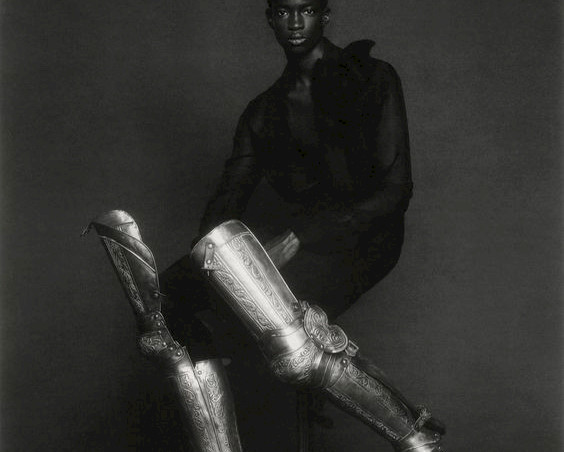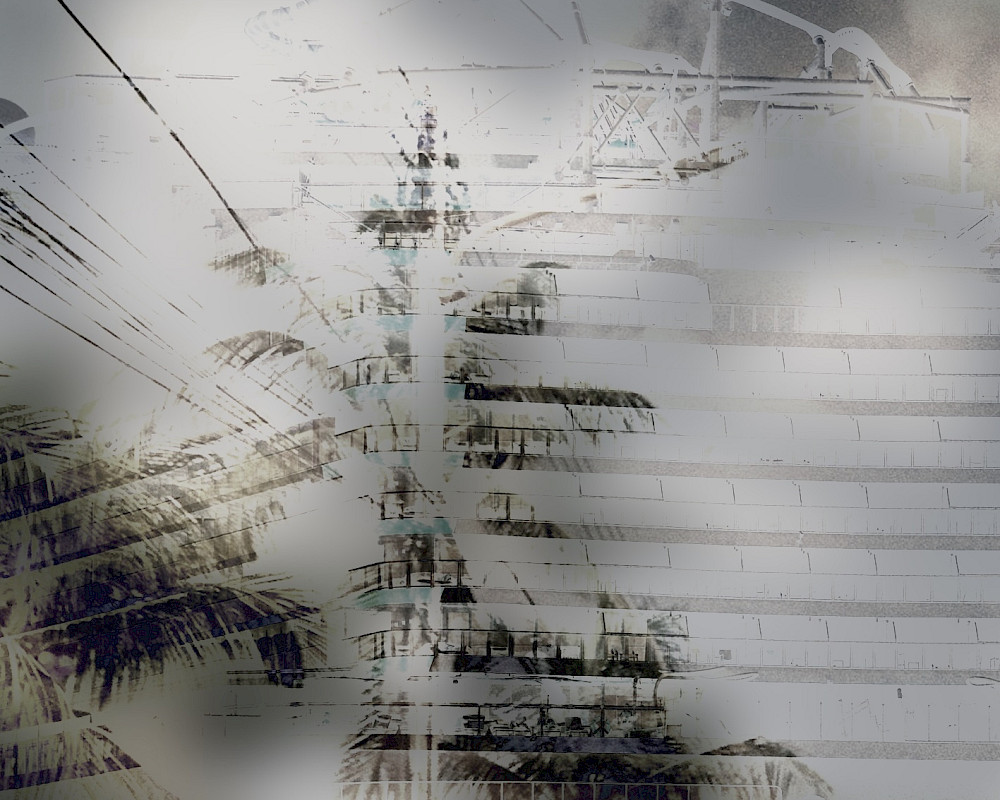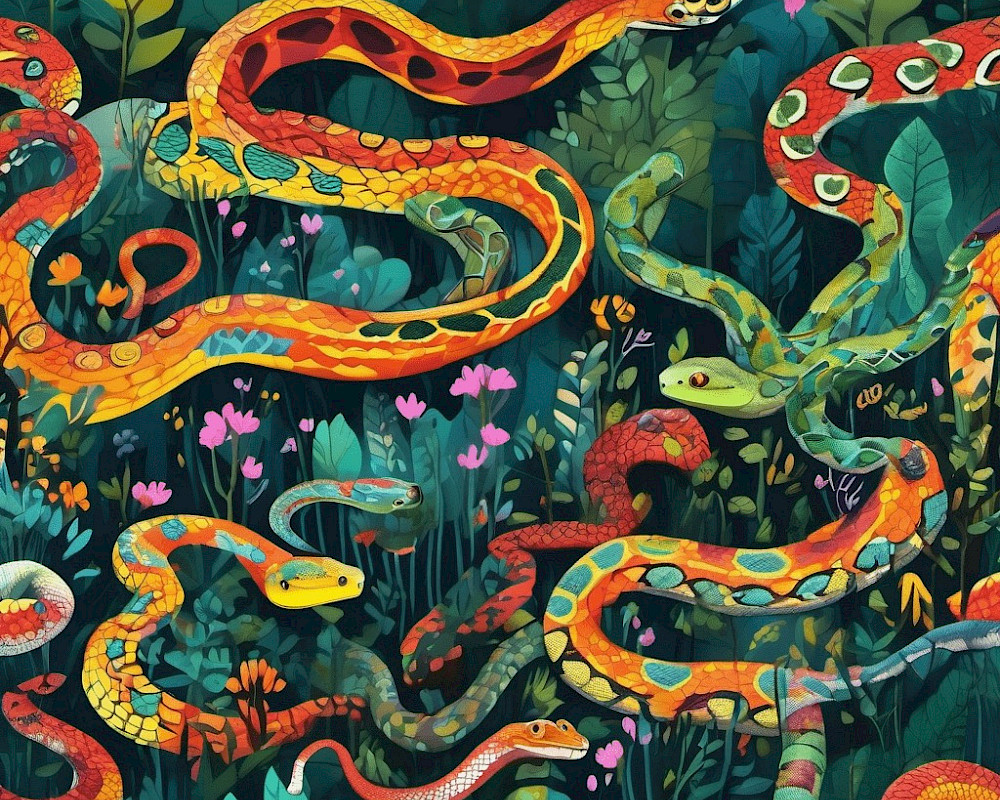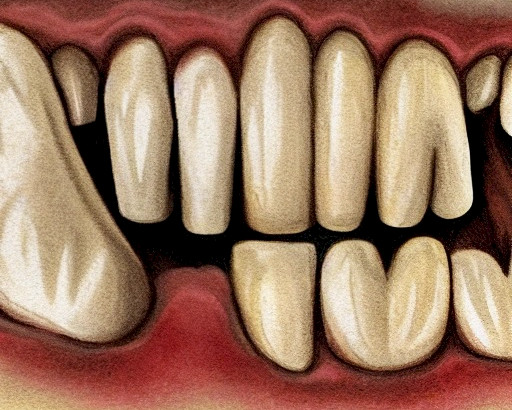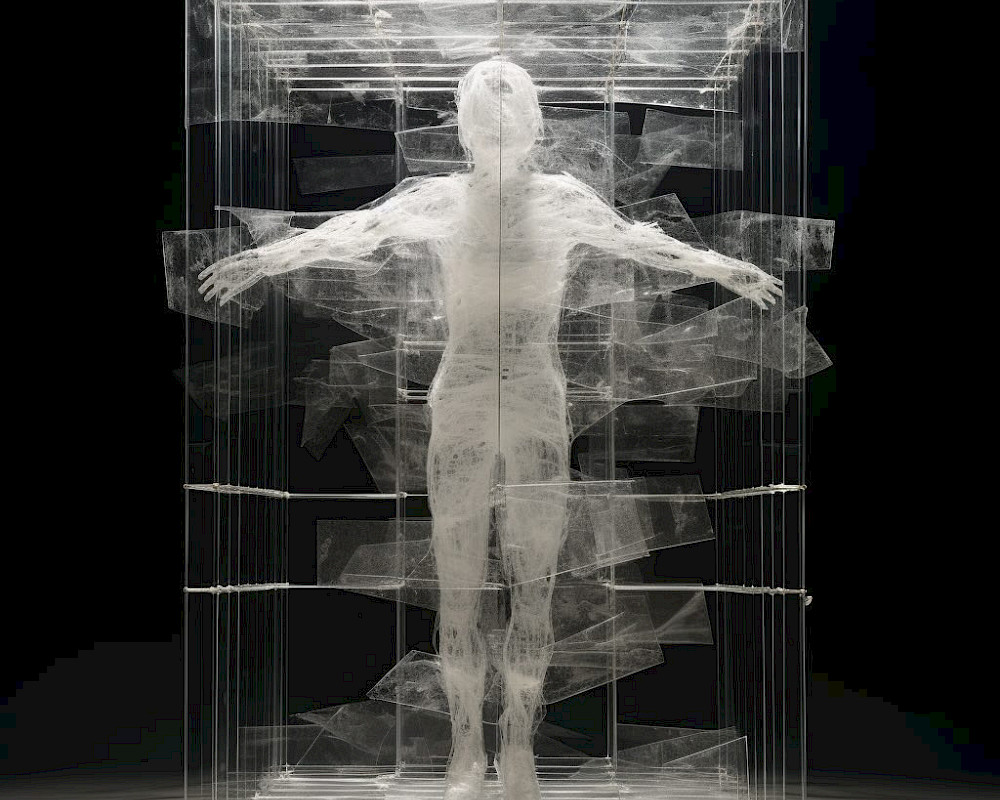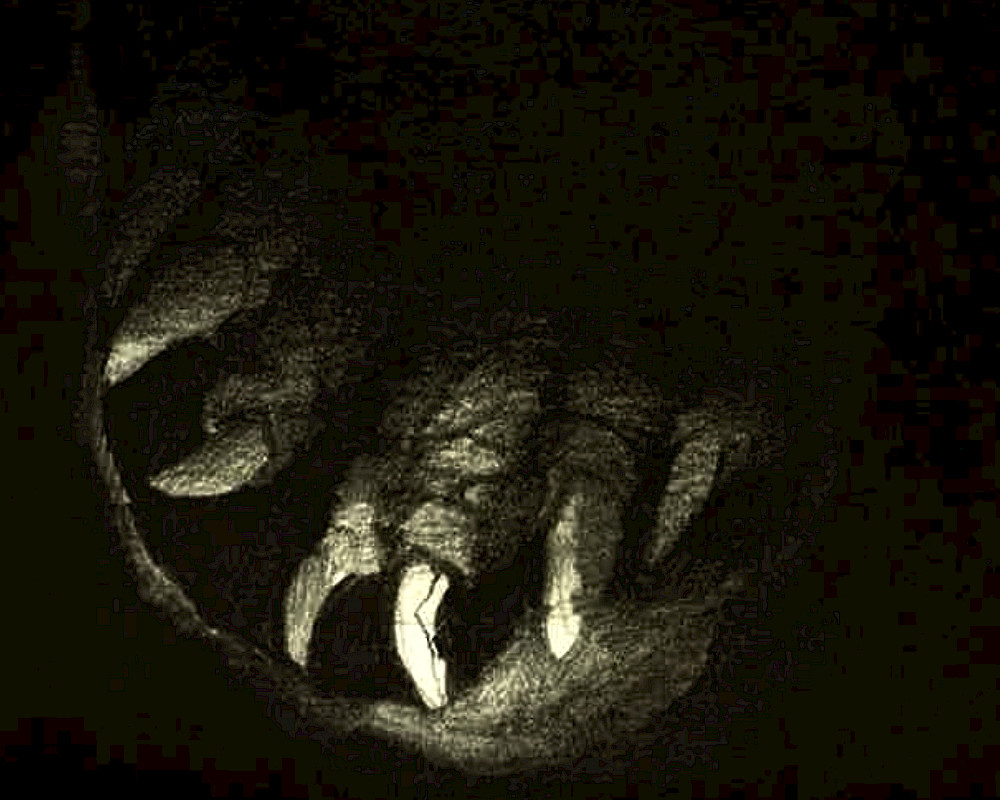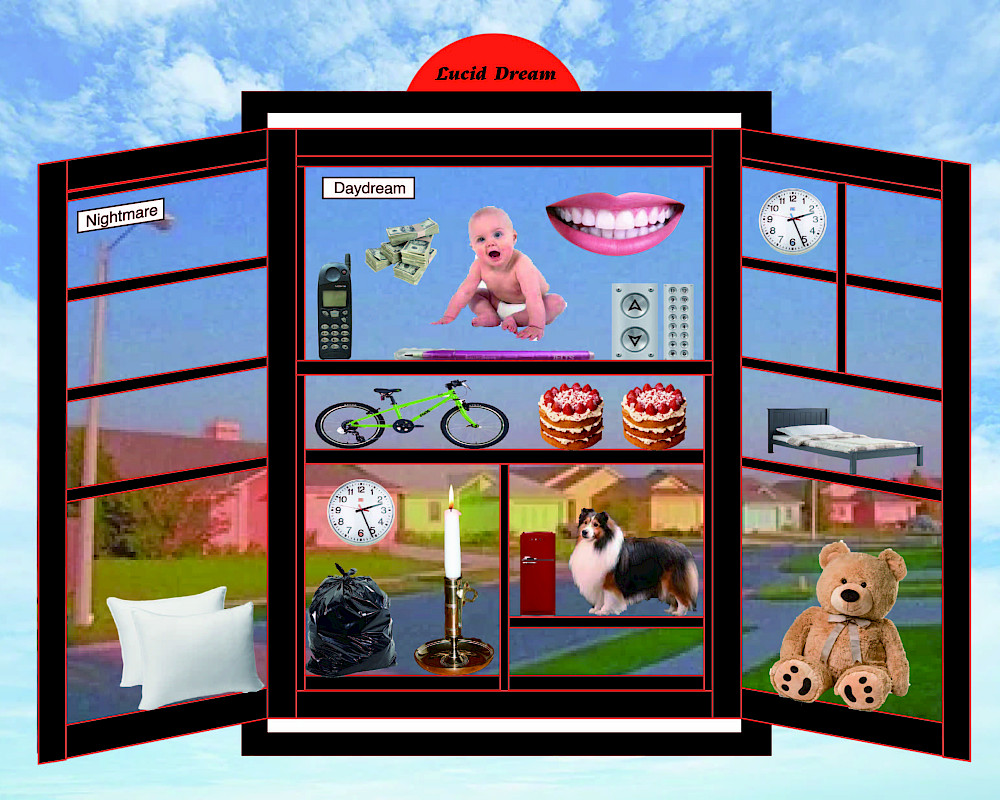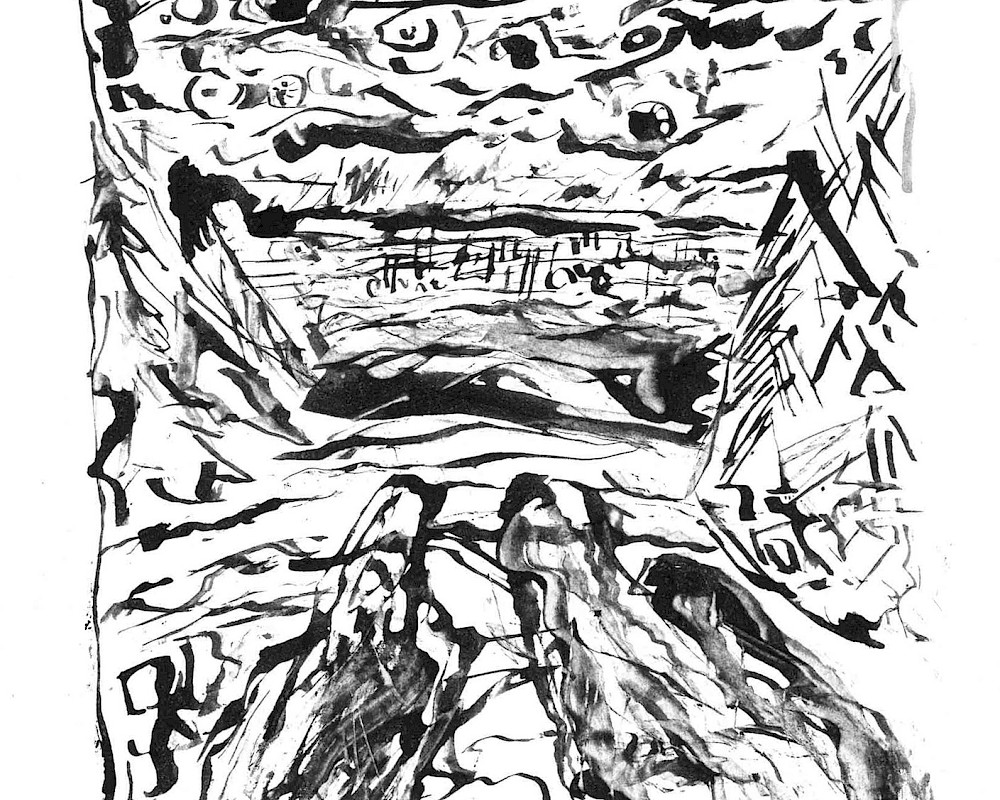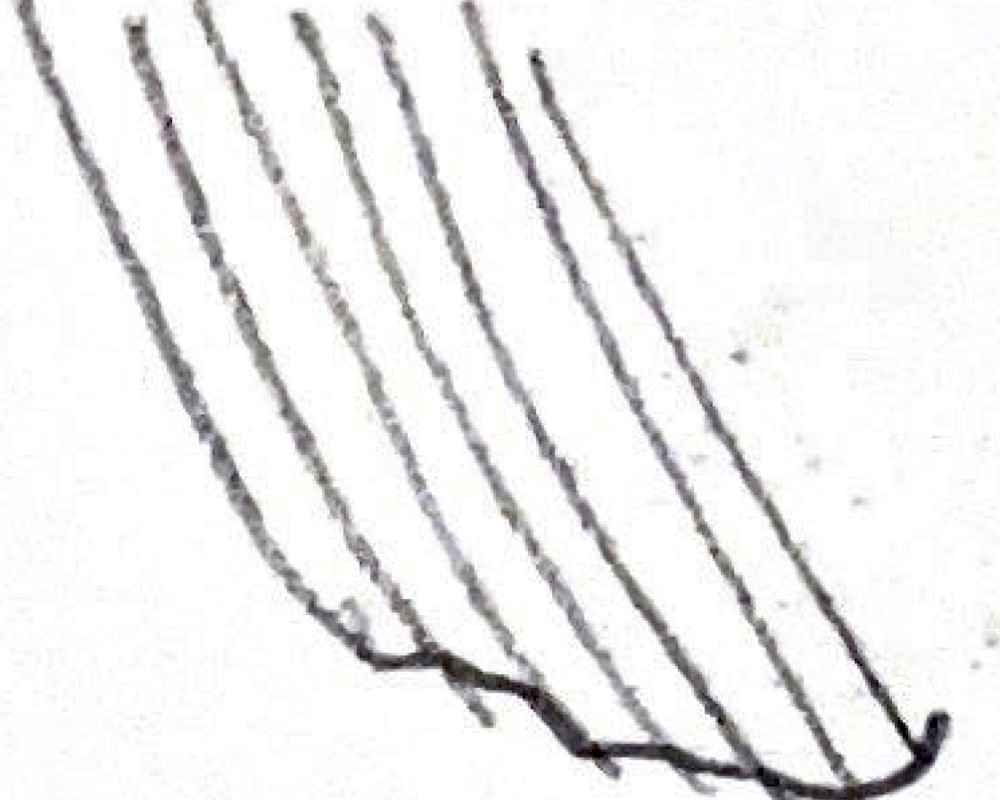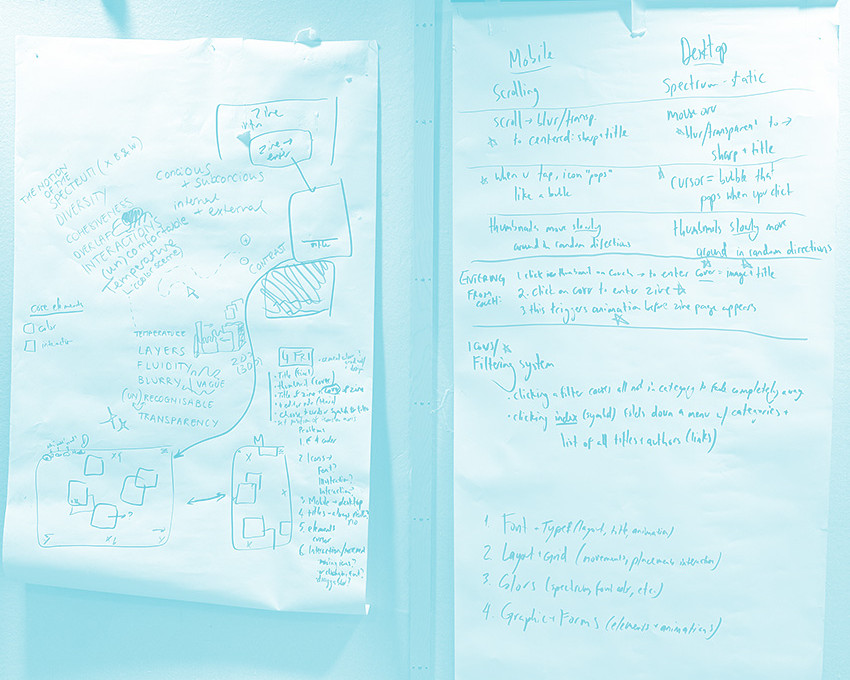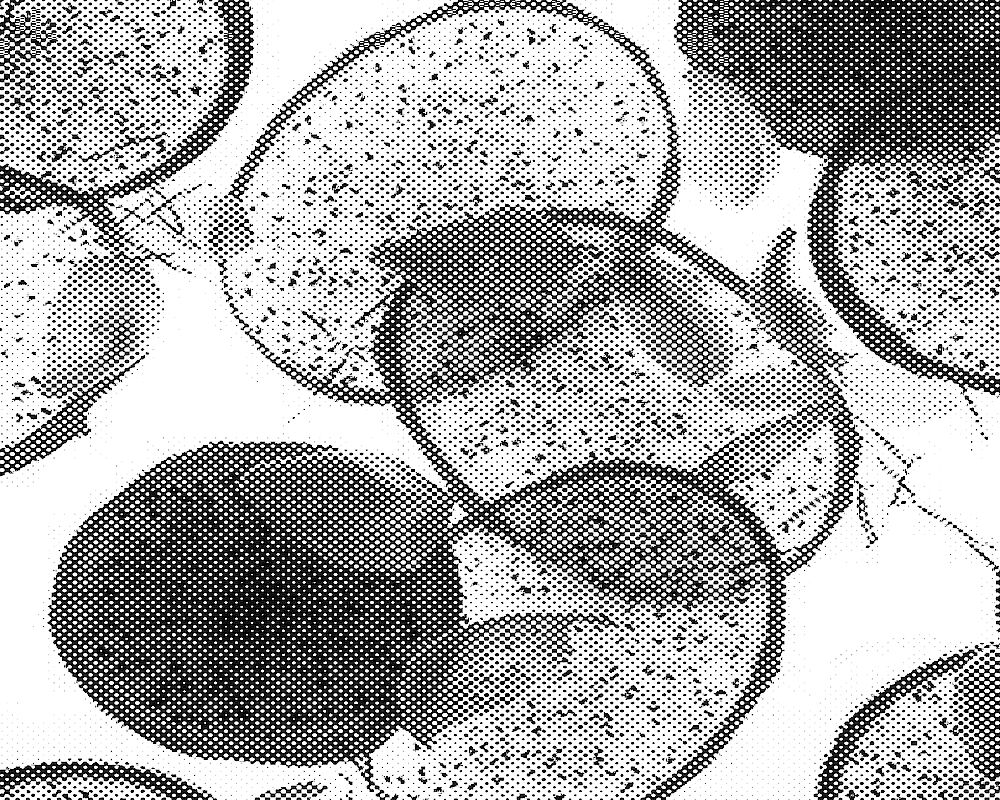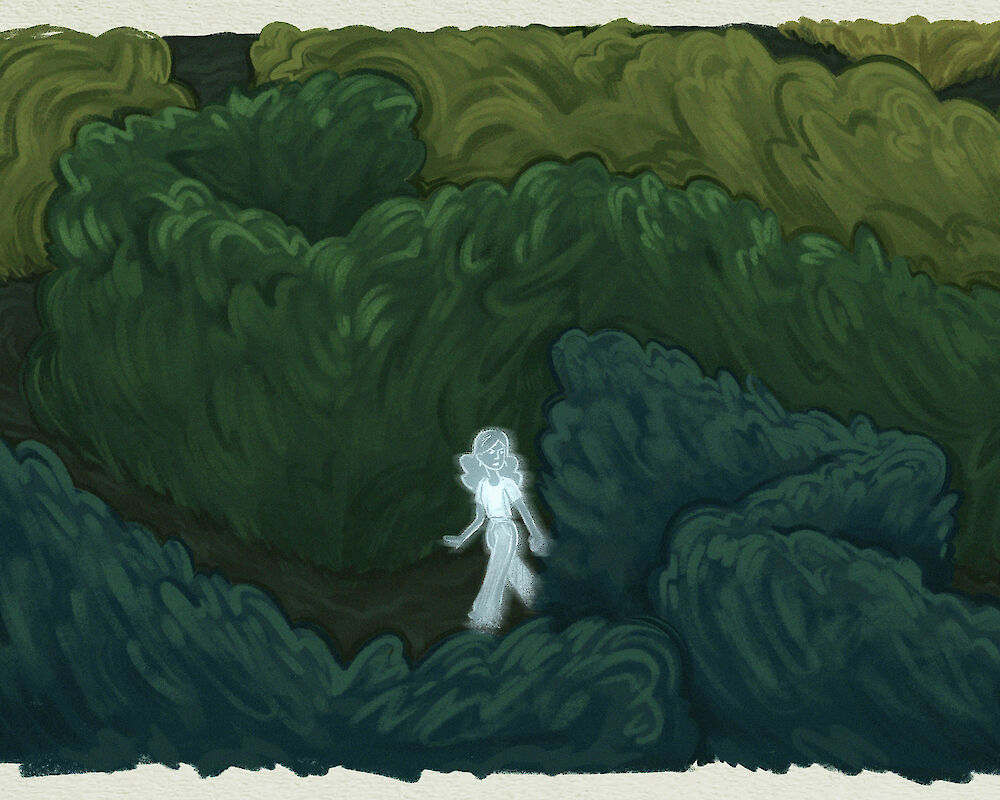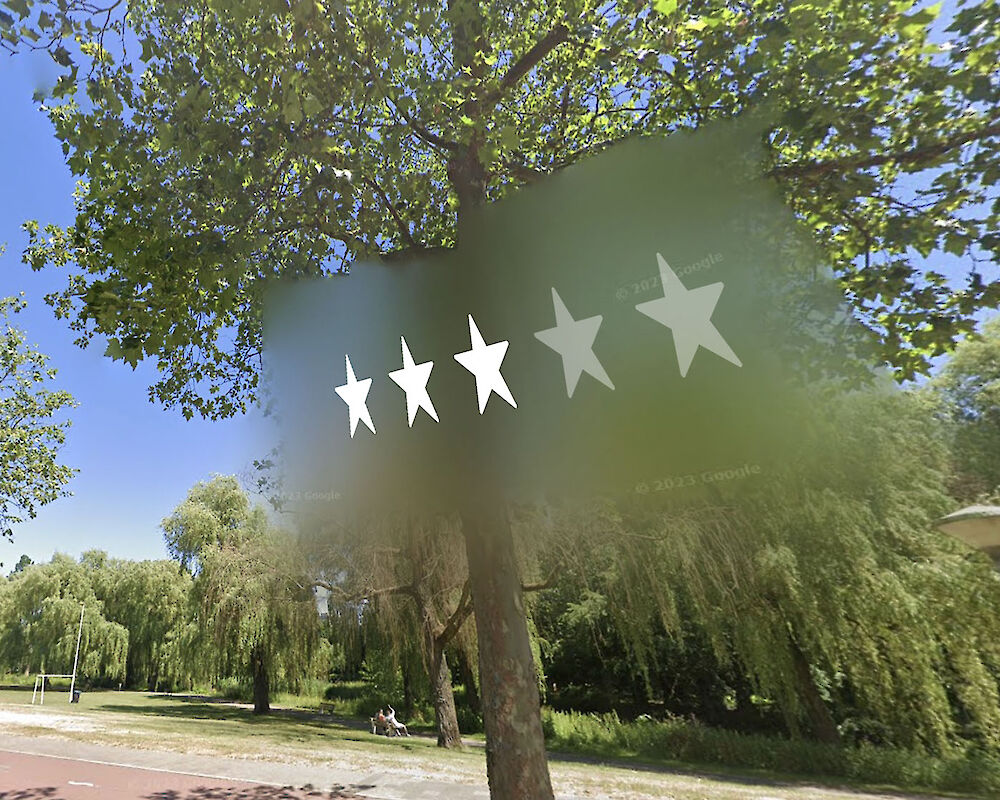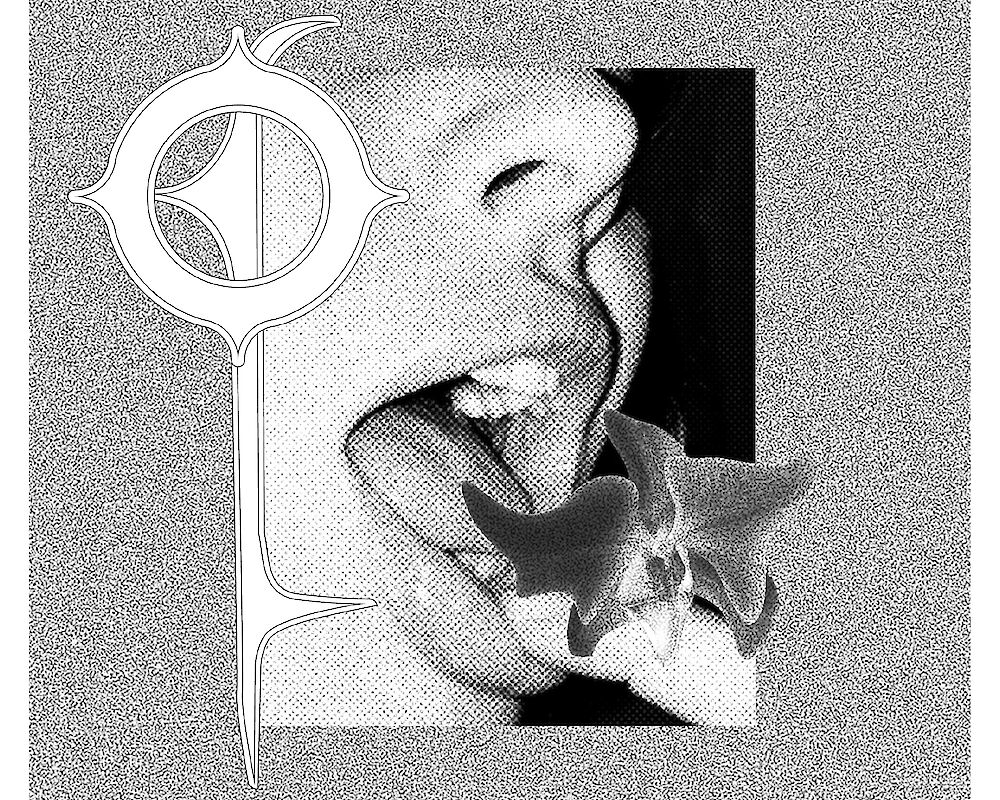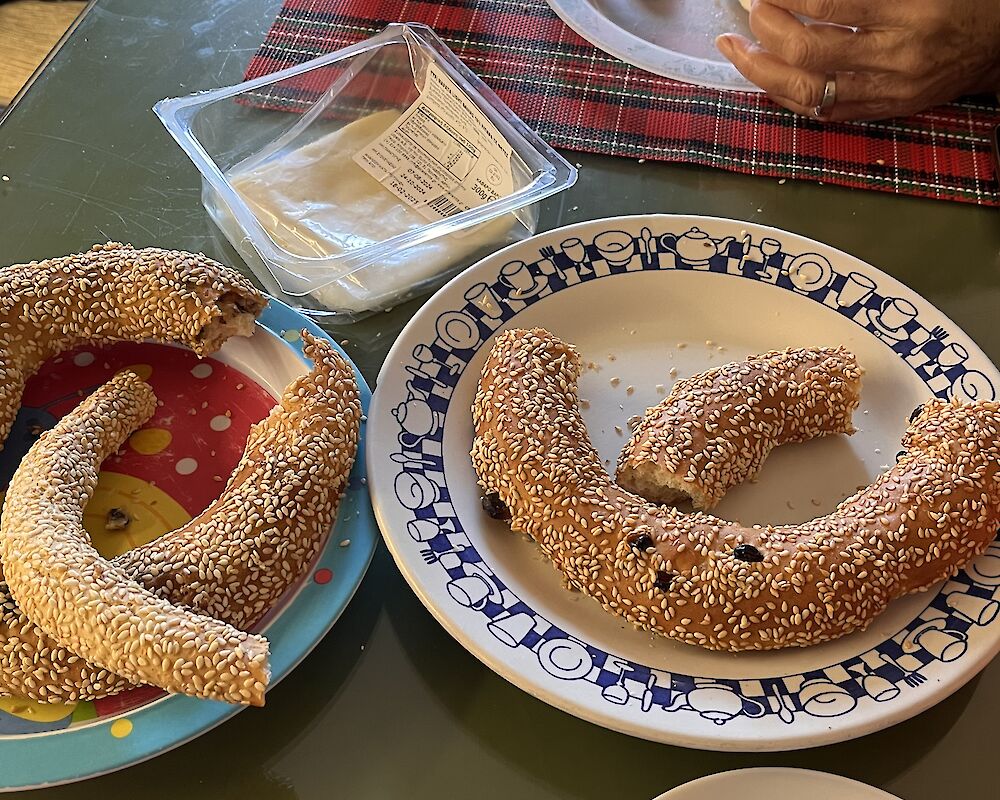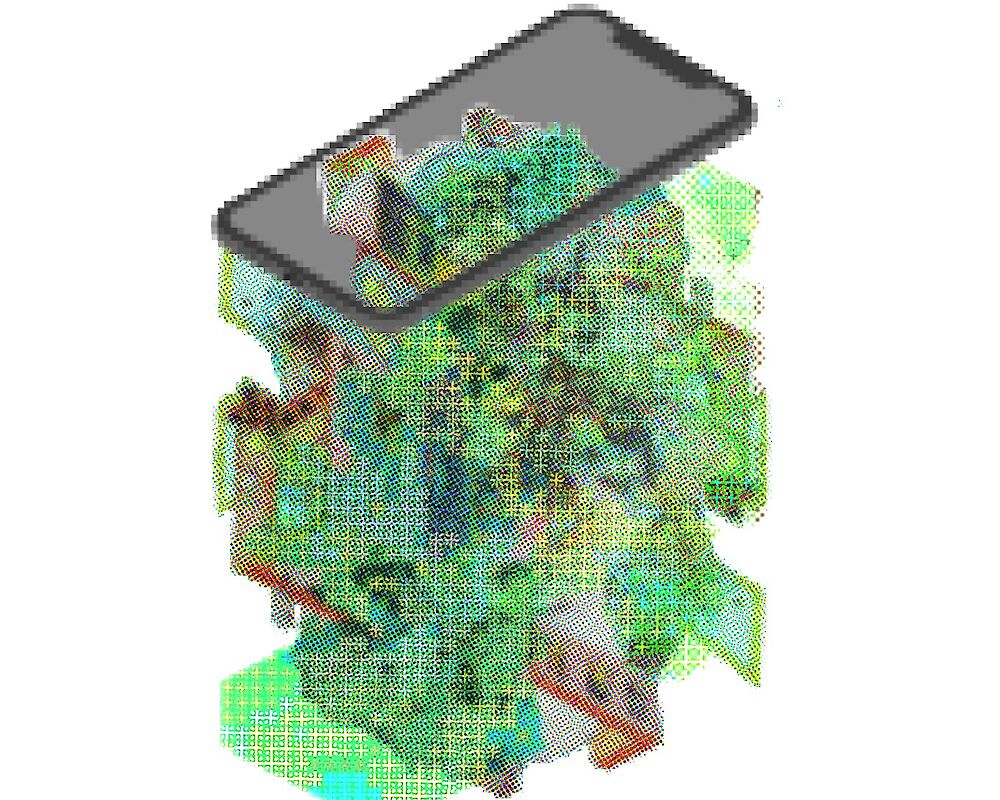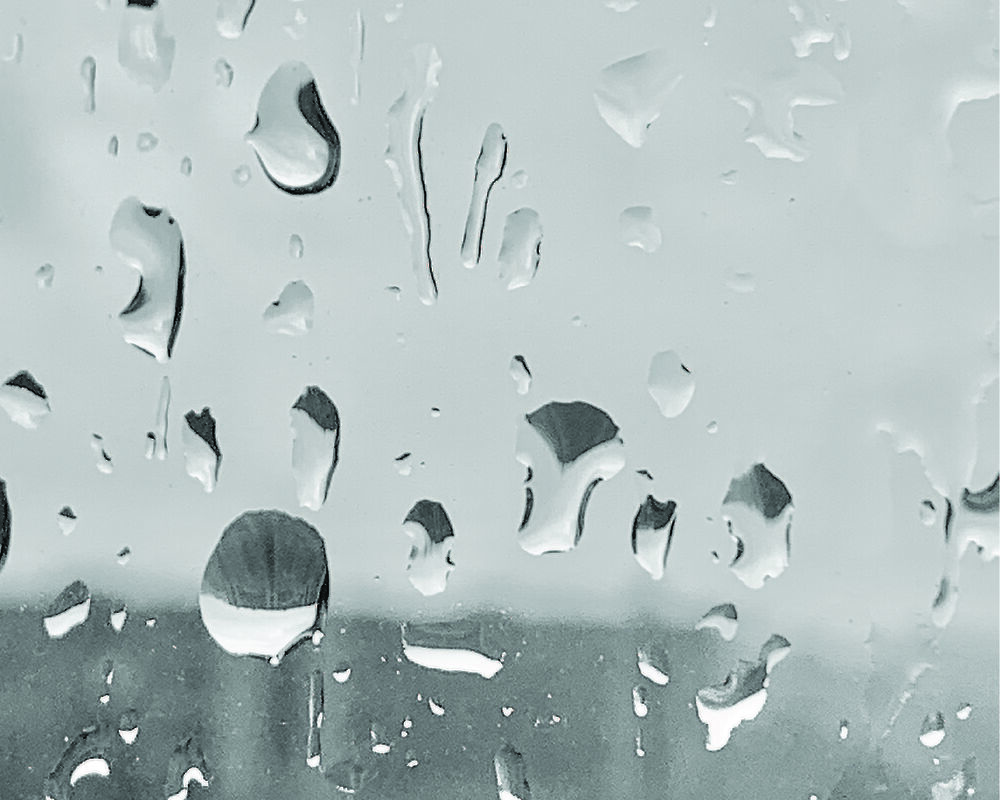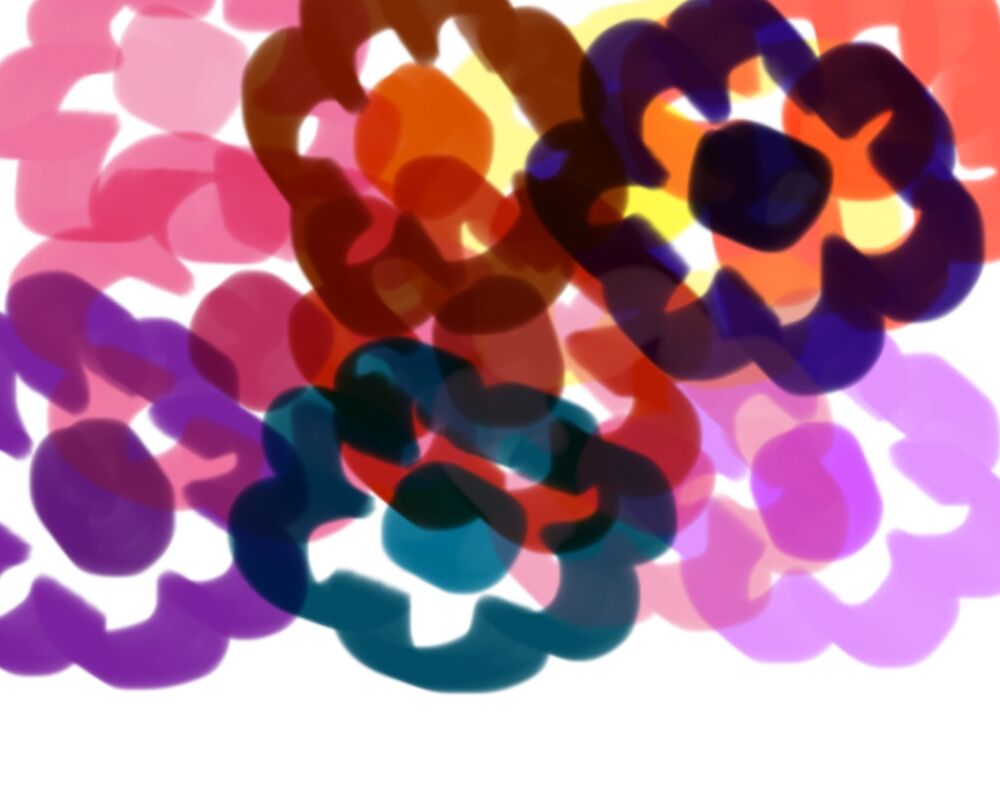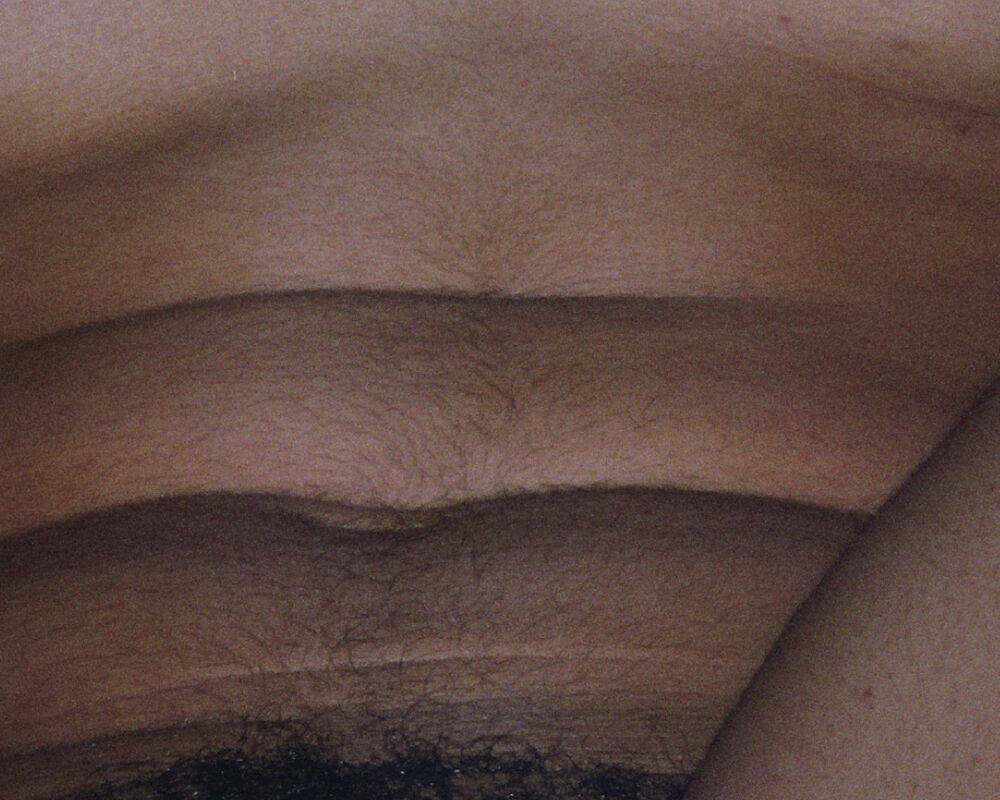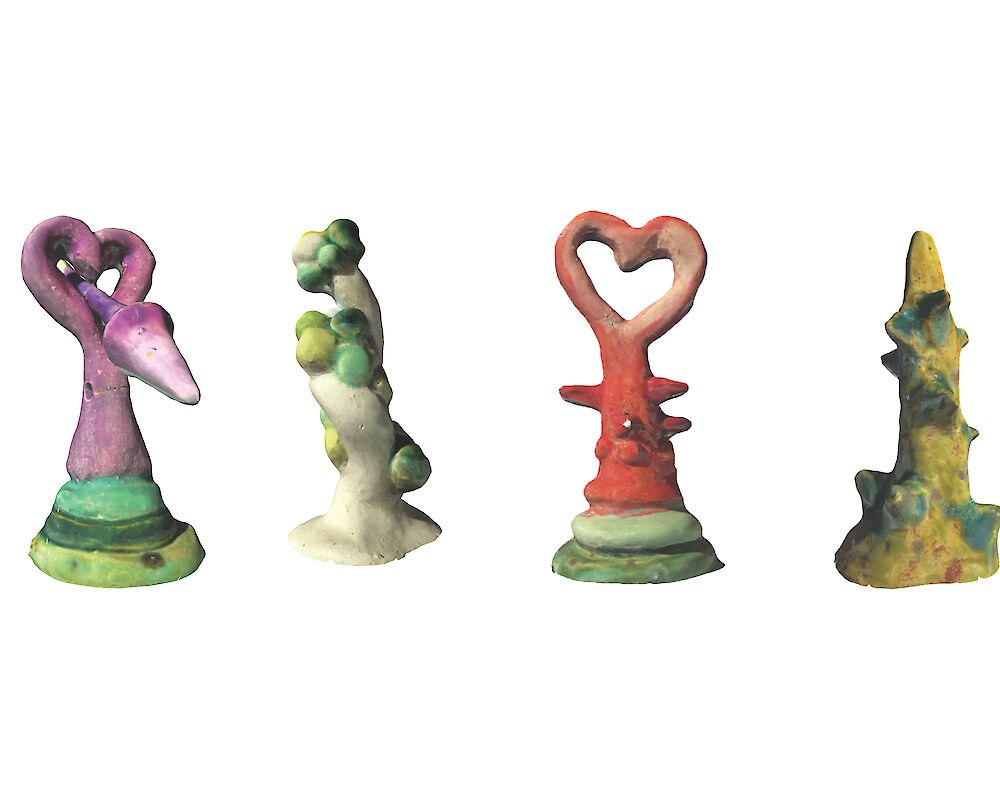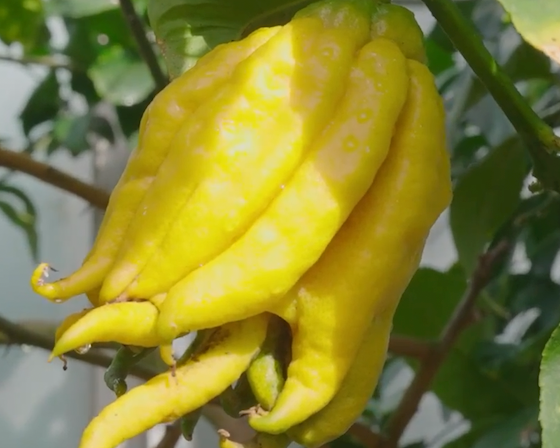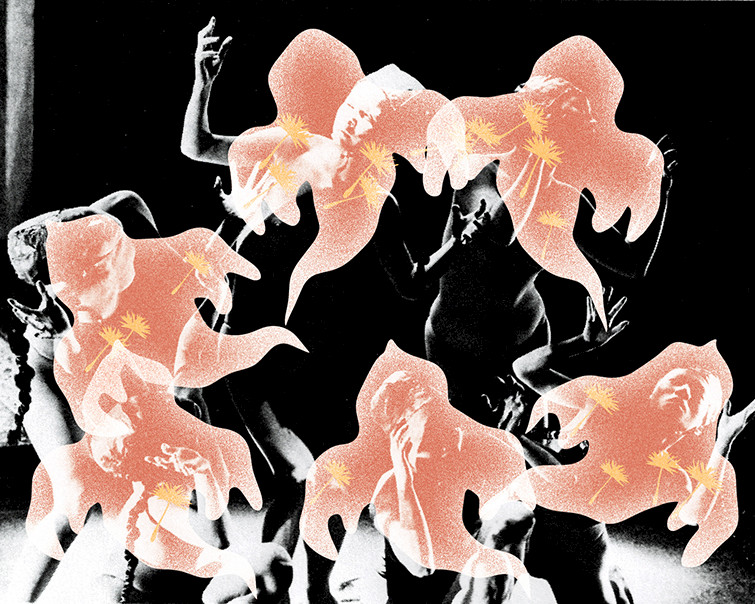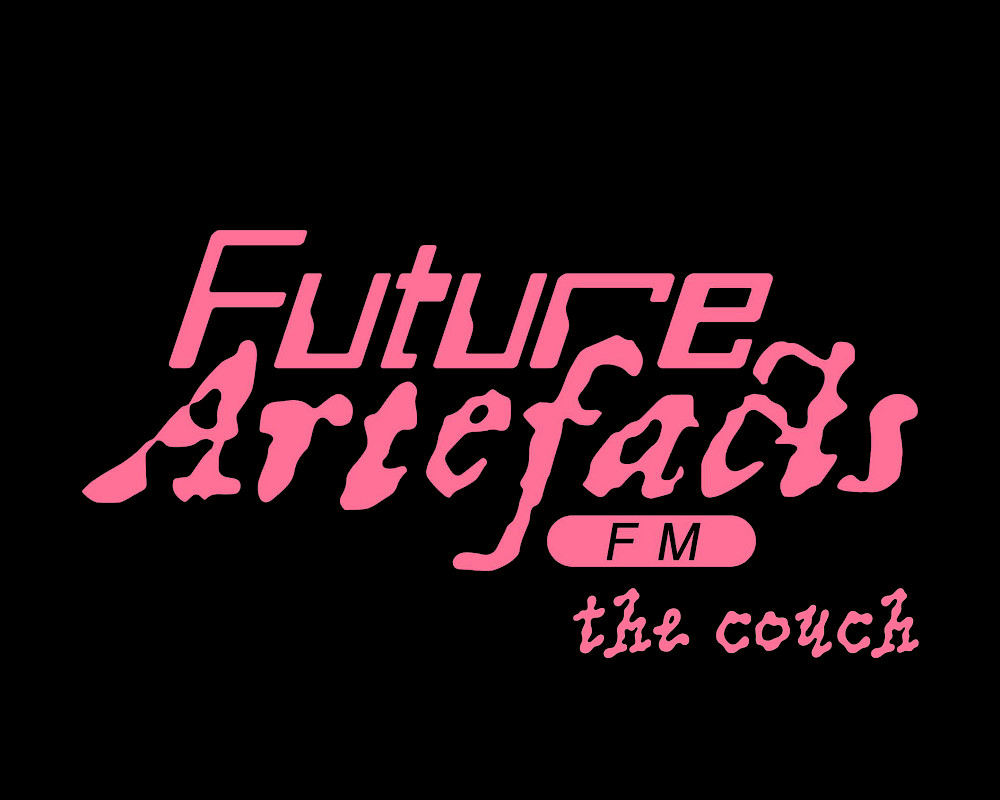podcast
Hidden Folder
Phoebe Ho
Phoebe Zoe Ho and Pia Gräwe are spatial designers from Singapore and Germany. They are collaborating on this project as part of their Master in Contextual Design at the Design Academy Eindhoven.
Pia Gräwe
Phoebe Zoe Ho and Pia Gräwe are spatial designers from Singapore and Germany. They are collaborating on this project as part of their Master of Contextual Design at the Design Academy Eindhoven.


In this podcast we are going to open up an imaginary folder to talk about negative emotions or painful experiences that we keep hidden from others. On TikTok, a phenomenon has risen where people record themselves crying and create folders for documentation. While these folders are mostly created for personal archival, they have been shared publicly as a movement to normalize release of emotions that we are usually conditioned to hide. Most famously, Bella Hadid shared a candid collection of selfies of herself crying; thereby rebranding expressions of raw emotions as beautiful and encouraging others to do the same. We want to create a space to talk about the nightmares we face in the light of day, to explore how we can find solidarity in our emotional experience, to share and open up to others.
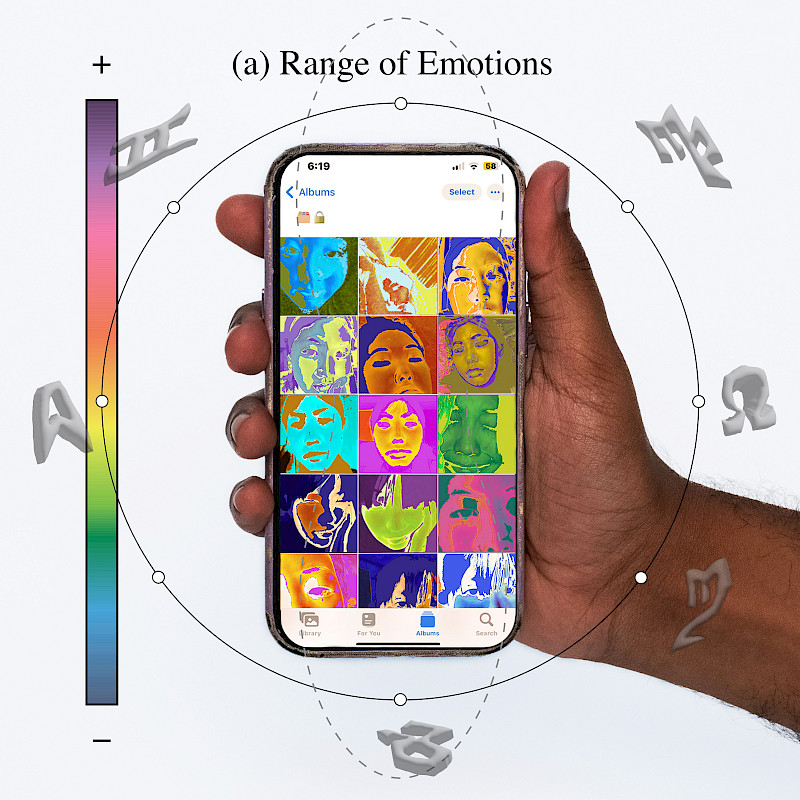
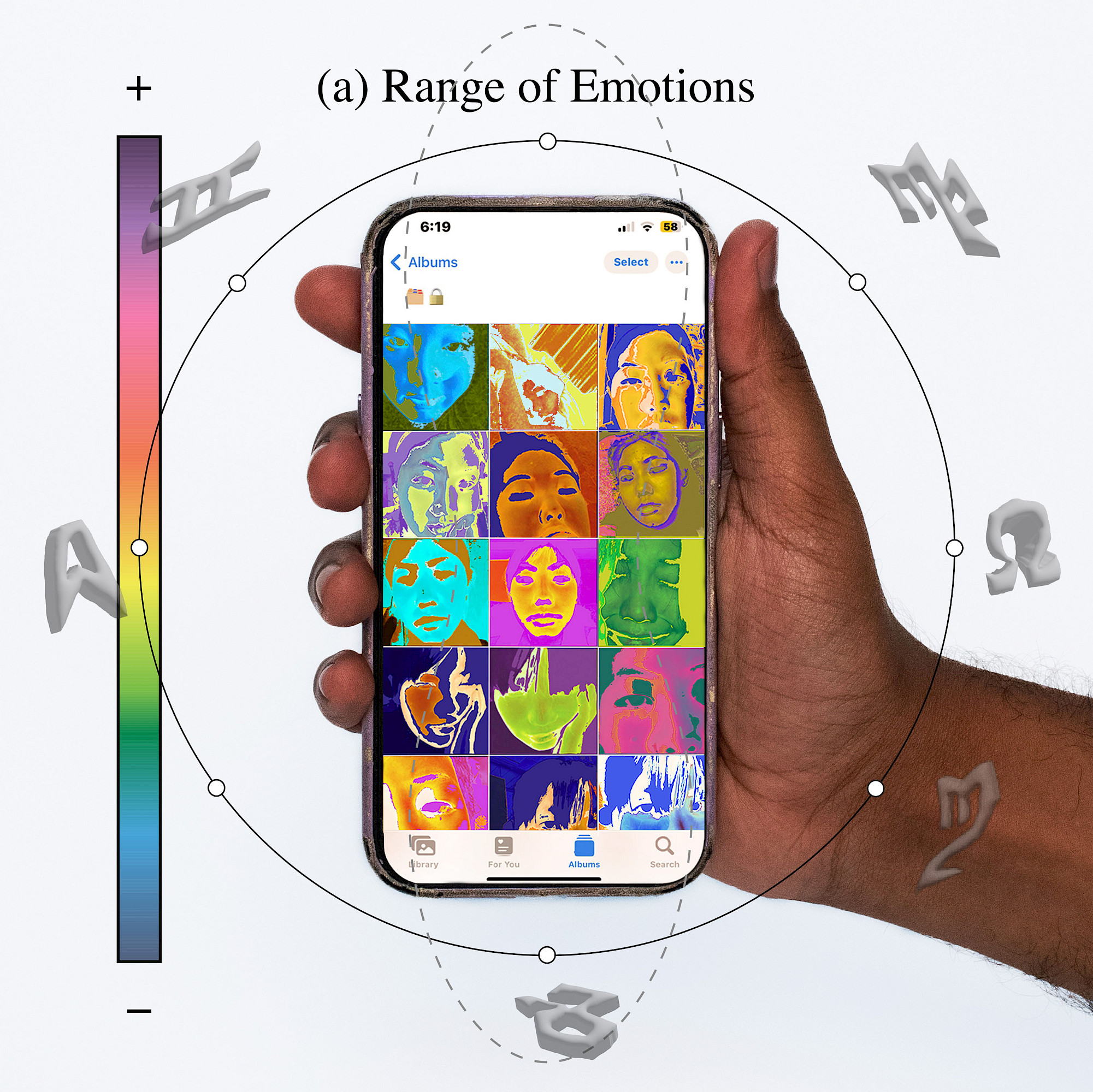
Ep. 1
Pia and Sarath speak about the conditions that facilitate a safe space for them to share their emotions.They open up about their tendency to hunker through tumultuous times in solitude, thus sharing their experiences and feelings only after the period has passed. Where do we draw the line between self sufficiency and reliance on support systems? What would it look like to process our emotions in solidarity and in real time?
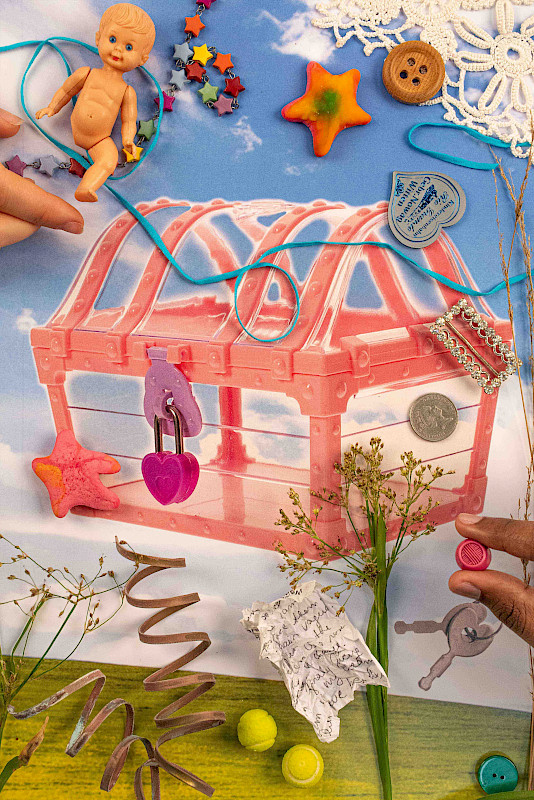
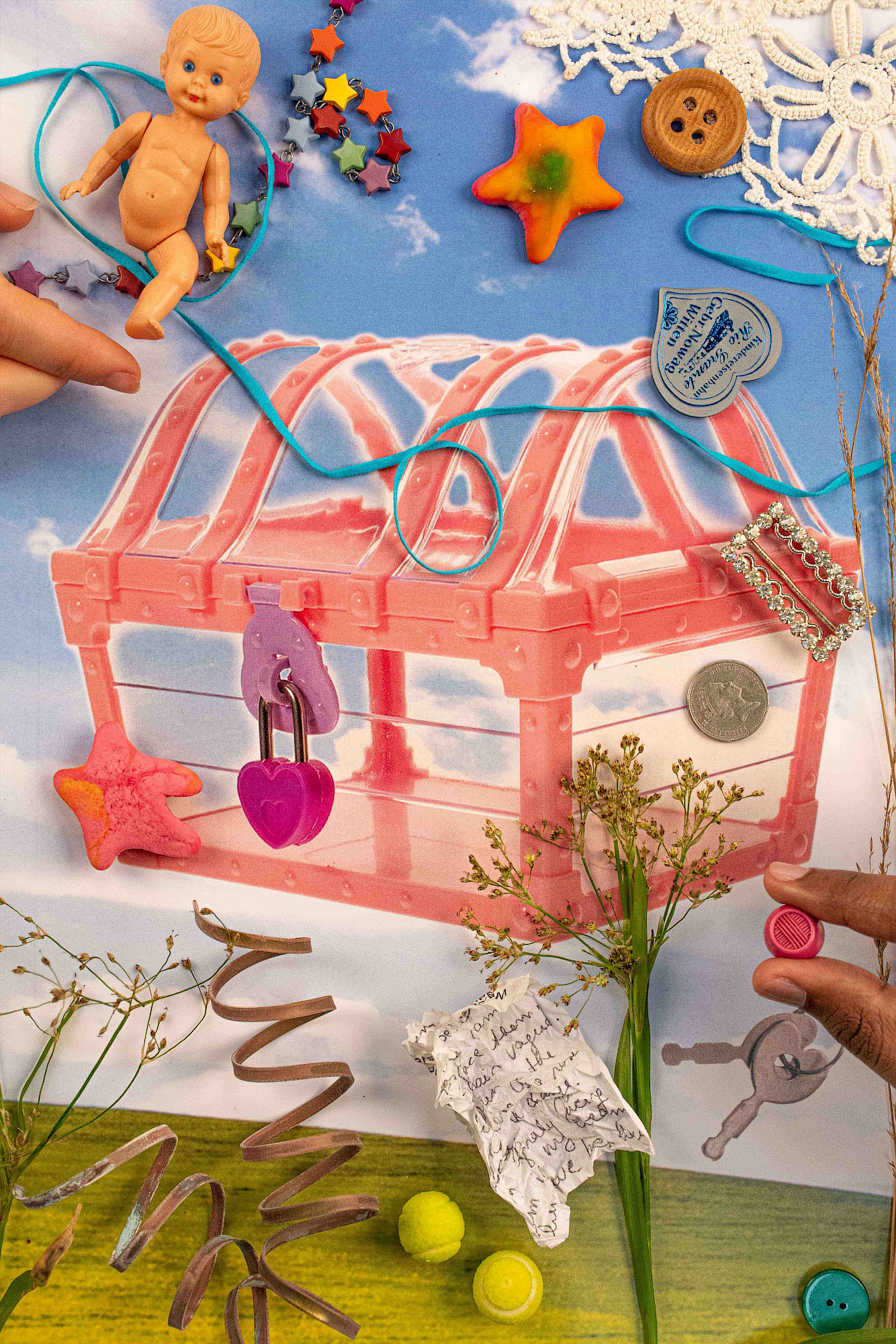
Ep. 2
Pia and Jurjen find a correlation between processing their emotions and unpacking their childhood. The act of sifting through childhood items triggers one’s memories and can serve as a cathartic and revelational process. While memories are figments of a past that has been written, emotions are iterative and influence our present day decisions. How can we strive for emotional harmony across our past, present and future selves?
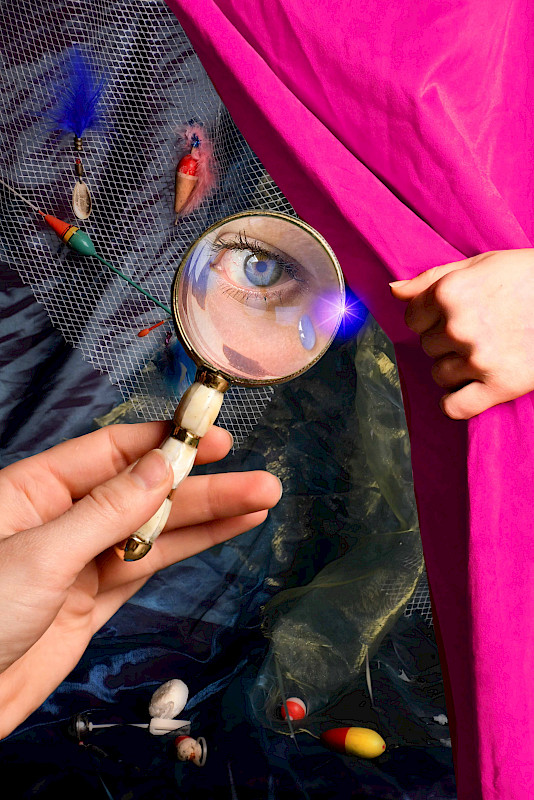
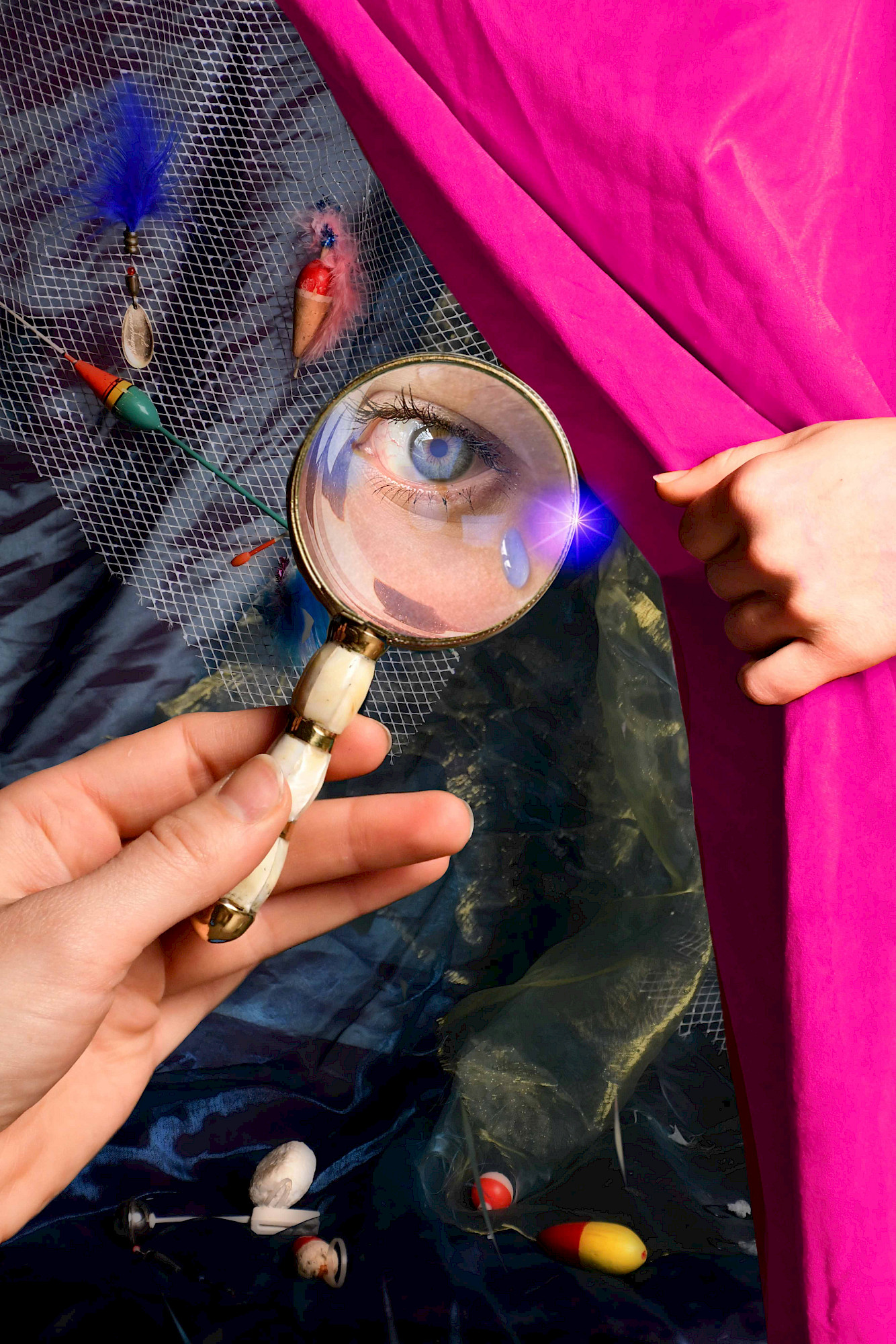
Ep. 3
Pia and Sofia delve into the complexities of managing mental health in the digital era. They discuss their own crying selfies and the blurred line between genuine expression and curated aesthetics on social media. The conversation extends to the significance of dreams as windows into our subconscious and the emotions they unveil. What can our nightmares teach us about the struggles we go through in the light of day?
References
Demopoulos, Alaina 2022. The Guardian. ‘Sadness is a trend’: why TikTok loves ‘crying makeup’
https://www.theguardian.com/lifeandstyle/2022/oct/30/sadness-is-a-trend-why-tiktok-loves-crying-makeup
Dunlop,Sally; Wakefield, Melanie; Kashima, Yoshi 2008. Can You Feel It? Negative Emotion, Risk, and Narrative in Health Communication.
https://www.tandfonline.com/doi/abs/10.1080/15213260701853112
Hershfield, Hal E.; Scheibe, Susanne; Sims,Tamara L.; Carstensen, Laura L. 2012. When Feeling Bad Can Be Good: Mixed Emotions Benefit Physical Health Across Adulthood.
https://journals.sagepub.com/doi/abs/10.1177/1948550612444616
Messmore, Niki 2021.The Digitization of White Women's Tears.
https://openurl.ebsco.com/EPDB%3Agcd%3A15%3A9082127/detailv2?sid=ebsco%3Aplink%3Ascholar&id=ebsco%3Agcd%3A148617286&crl=c
Michie, Natalie 2022. Fashion Magazine. TikTok’s “Crying Makeup” Is the Beauty Look Based On Being Sad
https://fashionmagazine.com/beauty-grooming/makeup/crying-makeup-tiktok/
Pich, Olivia; Zickfeld, Janis H.; van de Ven, Nies et al. 2021. Tears evoke the intention to offer social support: A systematic investigation of the interpersonal effects of emotional crying across 41 countries
https://www.sciencedirect.com/science/article/abs/pii/S0022103121000378
Pitcher, Laura 2021. British Vogue. What The Crying Selfie Says About Our Mental Health
https://www.vogue.co.uk/arts-and-lifestyle/article/crying-selfie
Rutledge, Pamela B. 2021. Psychology Today. Sadfishing: Attention-Getting or Genuine Calls for Help?
https://www.psychologytoday.com/us/blog/positively-media/202102/sadfishing-attention-getting-or-genuine-calls-for-help
Shabahang, Reza; Shim, Hyejin; Aruguete, Mara S.; Zsila, Ágnes 2023 . BMC Psychology. Adolescent sadfishing on social media: anxiety, depression, attention seeking, and lack of perceived social support as potential contributors.
https://bmcpsychology.biomedcentral.com/articles/10.1186/s40359-023-01420-y
Tchiki, Davis. Berkeley Well Being. Negative Emotions: List & 158 Examples
https://www.berkeleywellbeing.com/negative-emotions.html
Wenner Moyer, Melinda 2023. The New York Times. Lean Into Negative Emotions.
https://www.nytimes.com/2023/04/21/well/mind/negative-emotions-mental-health.html
